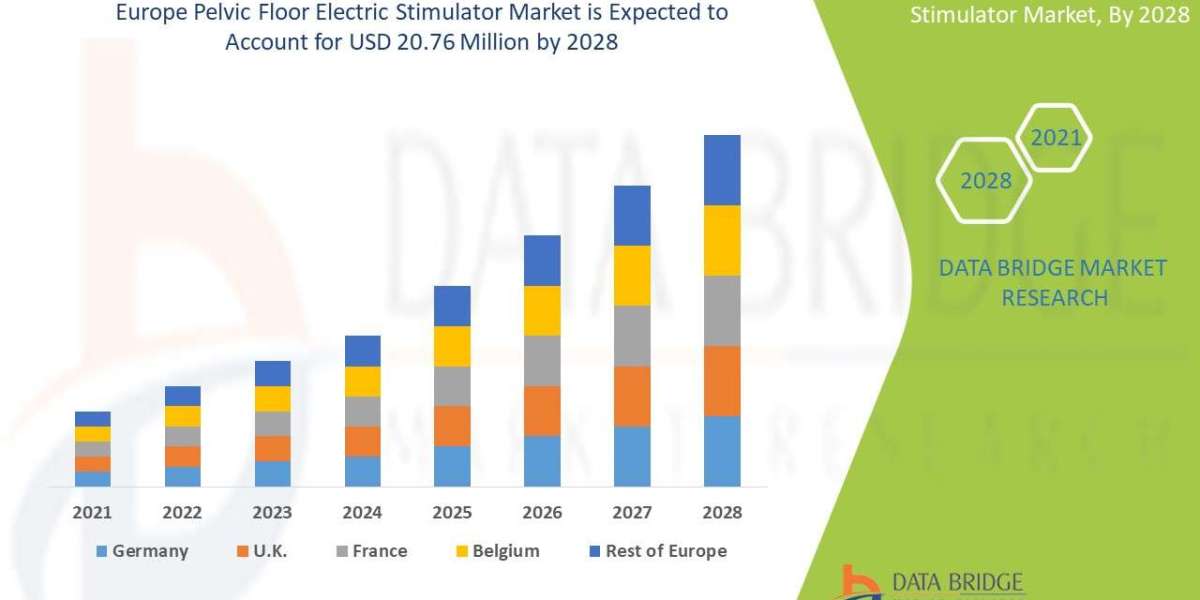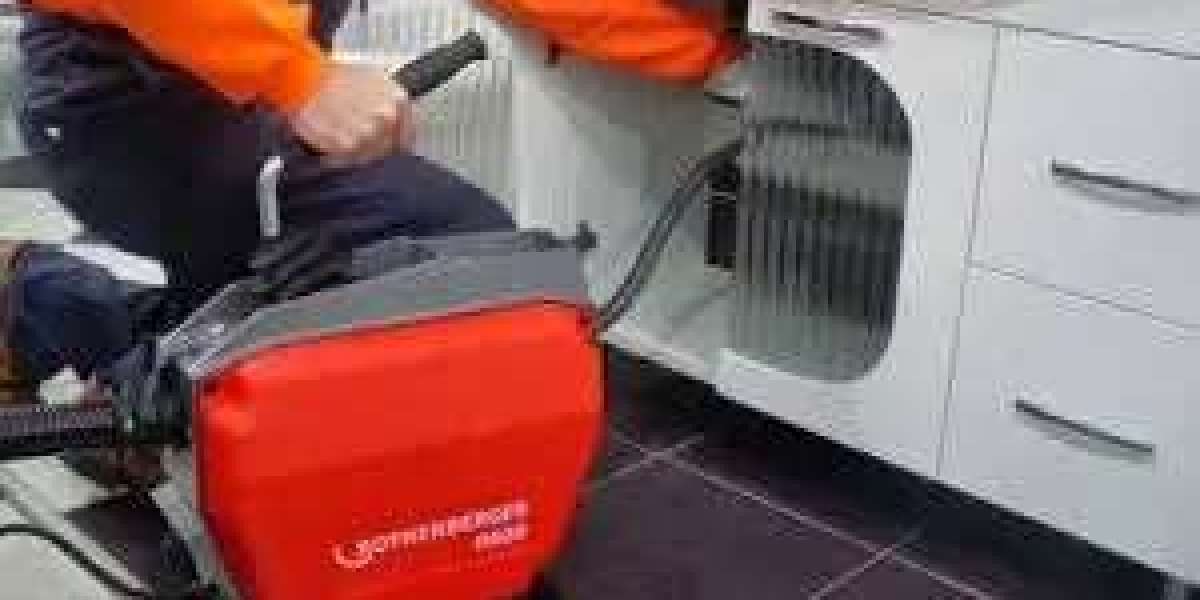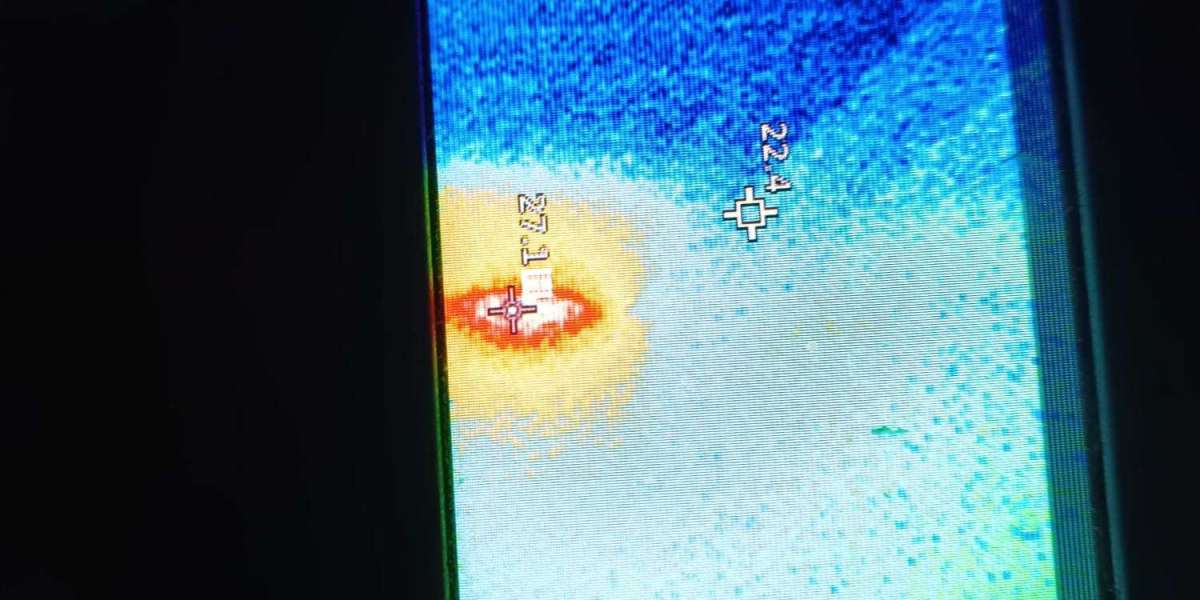In electrical power systems, contactors play a crucial role in controlling and switching high voltage currents. Two commonly used types of contactors are the vacuum contactor and the high voltage contactor. Understanding the differences between these two types of contactors is essential to ensure optimal performance and safety in various applications. In this article, we will explore the distinctions between vacuum contactors and high voltage contactors and their respective advantages.
I. Understanding Contactors
A. Overview of Contactors:
Contactors are electrically controlled switches that are responsible for making or breaking an electrical circuit. They are specifically designed to handle high voltage and high current applications, such as in power distribution, industrial machinery, and electrical substations.
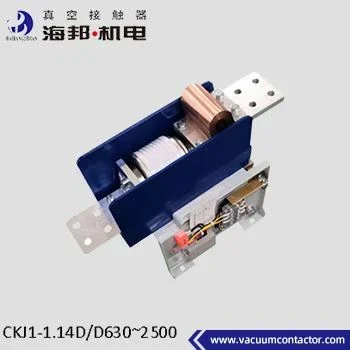
II. Vacuum Contactors
A. Working Principle:
1. Vacuum Technology:
https://www.acvacuumcontactor.com/High-Voltage-Vacuum-Contactorutilize a vacuum chamber to extinguish the electrical arc during switching operations. The absence of air or other gases within the chamber makes it an ideal medium for interrupting the electrical circuit without any adverse effects.
2. Improved Performance:
Vacuum contactors offer excellent performance in terms of high switching speed and low contact resistance. This results in reduced wear and tear, ensuring a longer lifespan for the contactor.
3. Arc Extinction:
The vacuum technology employed in these contactors allows for effective arc extinction, preventing sustained electrical arcing that can lead to equipment damage or malfunctions.
4. Noise Reduction:
Vacuum contactors produce minimal noise during operation, making them suitable for applications where noise reduction is crucial, such as in hospitals, residential areas, or quiet work environments.
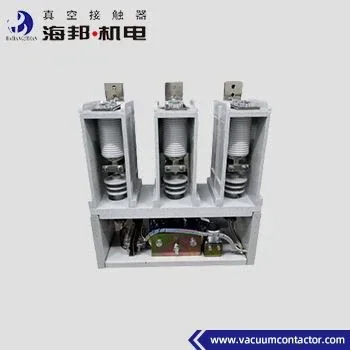
III. High Voltage Contactors
A. Working Principle:
1. Air or Gas Technology:
High voltage contactors typically use air or gas, such as sulfur hexafluoride (SF6), as the medium for arc extinction during switching operations.
2. Suitable for High Voltage Applications:
These contactors are designed to handle extremely high voltage applications and are commonly used in power transmission and distribution systems, substations, and industrial equipment.
3. Robust Design:
High voltage contactors are built with robust materials and insulation systems to withstand the high voltage levels and electrical stresses encountered during operation.

IV. Differences Between Vacuum Contactors and High Voltage Contactors
A. Arc Quenching Medium:
1. Vacuum Contactors:
Vacuum contactors use a vacuum chamber for arc quenching, ensuring efficient arc interruption.
2. High Voltage Contactors:
High voltage contactors rely on air or gas, typically SF6, for arc quenching.
B. Switching Performance:
1. Vacuum Contactors:
Vacuum contactors offer faster switching speeds due to the absence of air or gas within the chamber, resulting in reduced contact wear.
2. High Voltage Contactors:
High voltage contactors generally have slower switching speeds compared to vacuum contactors due to the time required for the gas to extinguish the arc.
C. Noise Level:
1. Vacuum Contactors:
Vacuum contactors produce minimal noise during operation, making them suitable for noise-sensitive environments.
2. High Voltage Contactors:
High voltage contactors may generate more noise during switching operations due to the presence of gases or air.
D. Application Range:
1. Vacuum Contactors:
https://www.acvacuumcontactor.com/5-questions-you-must-know-about-3-6kV-Single-Phase-Vacuum-Contactor.html are suitable for a wide range of applications, including motor control, capacitor switching, and other medium voltage applications.
2. High Voltage Contactors:
High voltage contactors are specifically designed for high voltage power transmission and distribution systems, substations, and industrial equipment.
V. Conclusion
Vacuum contactors and high voltage contactors serve different purposes and excel in specific applications. Vacuum contactors are known for their fast switching speeds, efficient arc interruption, and low noise levels, making them ideal for various medium voltage applications. On the other hand, high voltage contactors are specifically designed to handle extremely high voltage systems and are widely used in power transmission and distribution networks.
Wuxi Haibang Electromechanical Manufacturing Co., Ltd. is managed according to the modern enterprise operation mechanism. The leading products are high-voltage vacuum contactors, medium-voltage vacuum contactors, low-voltage vacuum contactors, and vacuum contact fuse combinations. It is one of the main vacuum contactor manufacturers in China. one.Welcome to inquiry if you need to know more about high voltage vacuum contactor details or order wholesale.
Email:[email protected]

